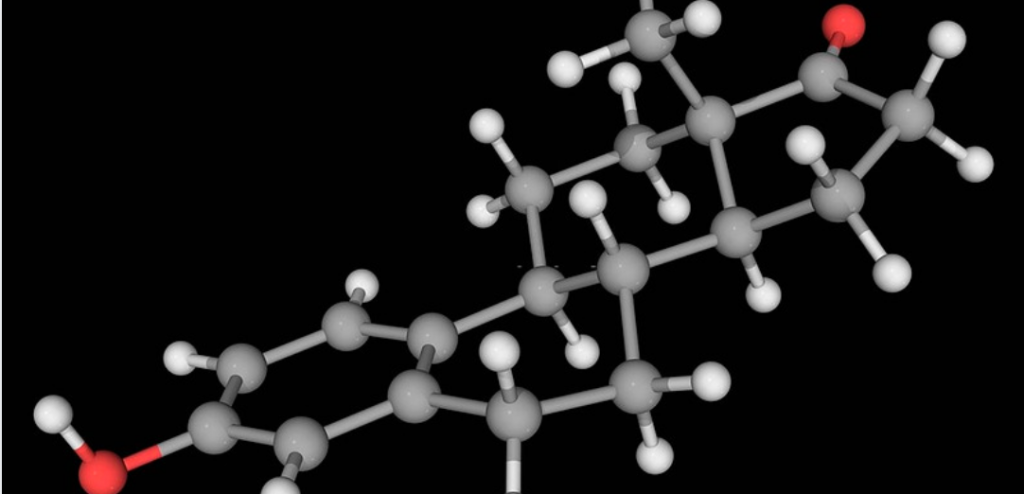
ESTROGEN
Estradiol is the most potent estrogen in the ovaries. It is produced in fatty tissue, in the ovaries and in the adrenal glands.
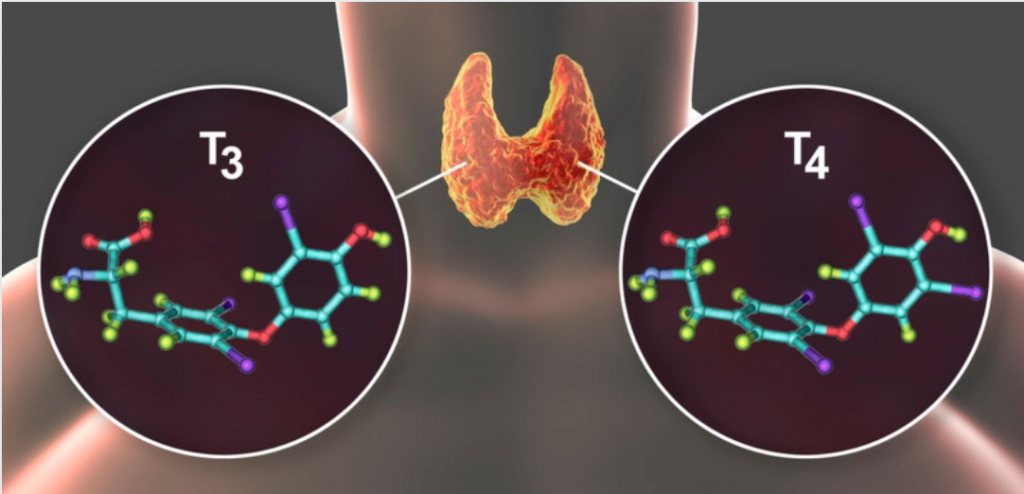
THYROID HORMONES
Thyroid hormones are produced in the thyroid and regulate the metabolic rate of all cells. Receptors for thyroid hormones exist in most tissues and therefore, affect the function of almost every organ and system, especially the heart, bones, and subcutaneous fat.
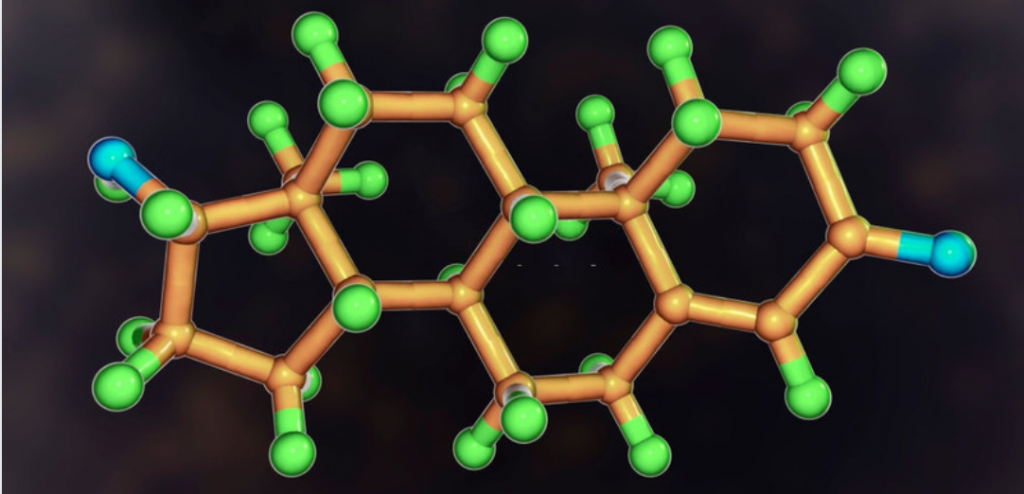
TESTOSTERONE
Testosterone is the primary sex steroid hormone. Although it is commonly thought that women do not have testosterone, it is actually a key hormone in women’s health and well-being. However, its level is 10 times lower than that of a man, so signs of virility don’t appear in women.
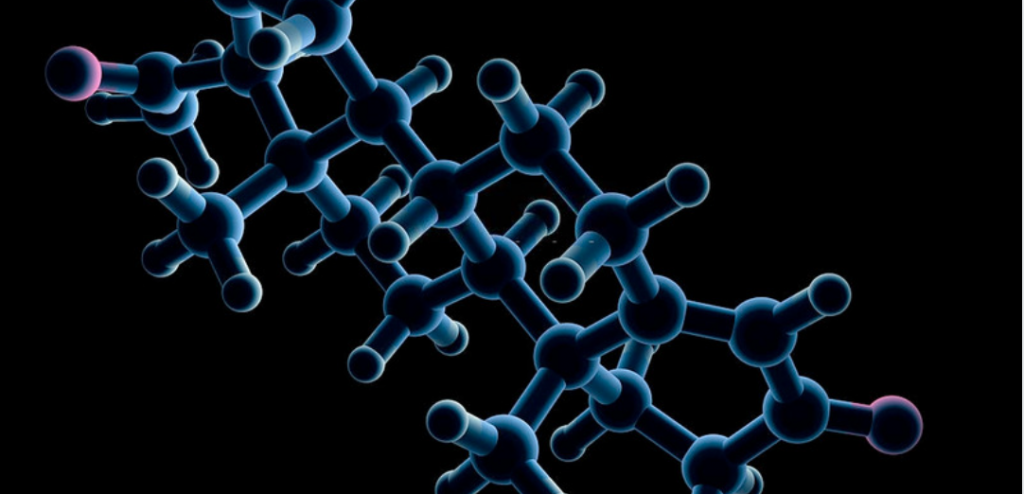
PROGESTERONE
Progesterone is the hormone responsible for maintaining pregnancy. When ovulation occurs, the corpus luteum from which the ovum emerges begins to produce progesterone during the second half of the menstrual cycle, in order to keep the endometrium prepared for a possible implantation of the fertilized ovum. If this implantation does not occur, the corpus luteum stops producing progesterone and the endometrium is destabilized and menstruation occurs.
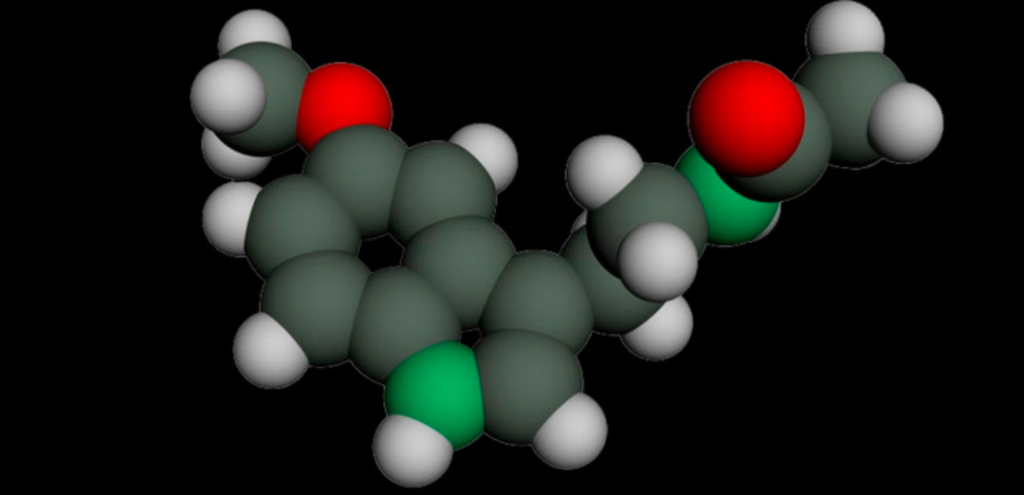
MELATONIN
Melatonin is a molecule related to neuroendocrine physiology. It is involved in the regulation of circadian rhythms and the sleep-wake cycle, and is also a hormone that modulates the activity of the immune system.
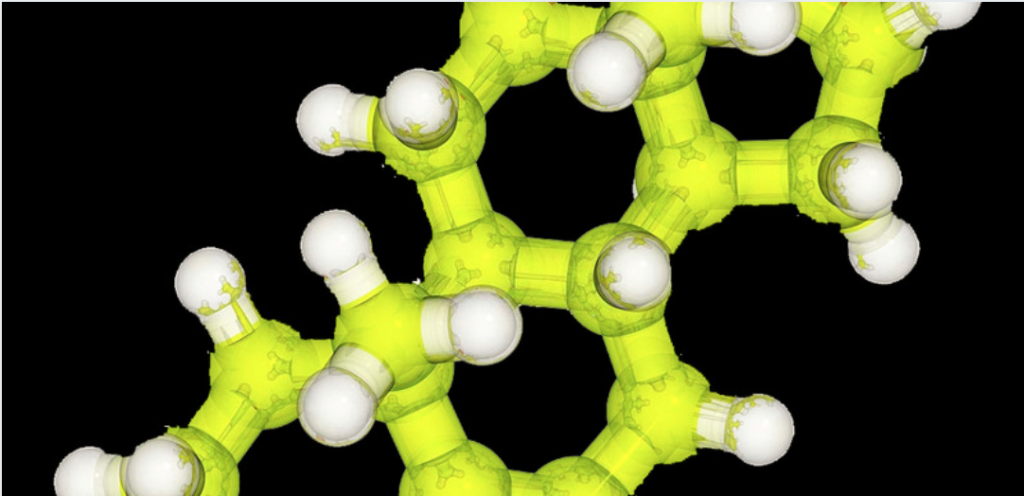
DHEA (DEHYDROEPIANDROSTERONE)
DHEA is a weak androgen produced by the adrenal glands, which is sulfated in the liver and circulates in the blood in its sulfated form (DHEA-S). It is a precursor of numerous sex hormones, such as testosterone, estradiol, or estrone.
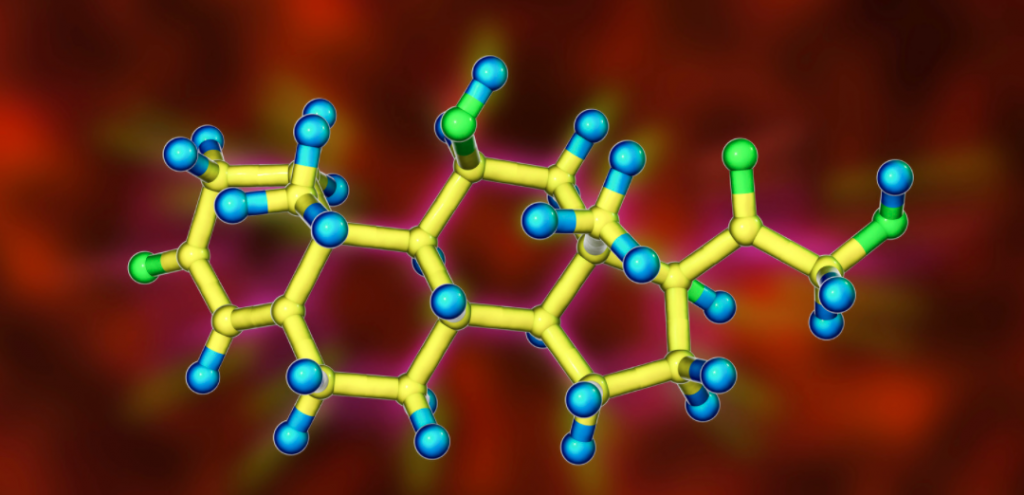
CORTISOL
Cortisol is produced in the cortex of the adrenal glands, as well as aldosterone, DHEA, and other hormones. It is involved in the metabolism of proteins, fats, and glucose, and plays an important role in the immune system.
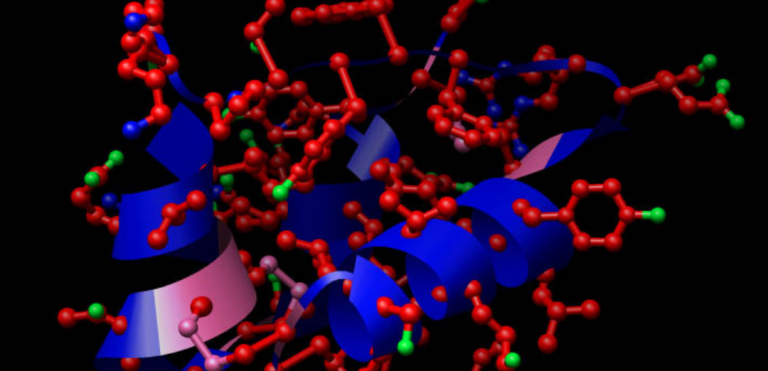
INSULIN
Insulin is the hormone secreted by the pancreas when glucose levels rise after eating and allows glucose to enter the cells (especially in the liver, brain and muscles) to be used as energy.
Los bajos niveles de estradiol se asocian con efectos negativos sobre el sistema cardiovascular, huesos, vida sexual, tersura de la piel, bienestar emocional, sueño, capacidad cognitiva, estado de ánimo y sistema inmunológico.
Sus efectos son controlar la temperatura corporal y favorecer el metabolismo del tejido adiposo, lo que ayuda a la pérdida de peso graso y a la bajada de los niveles de colesterol. Son cardio y neuroprotectoras.
Sus bajos niveles se relacionan con ganancia incontrolada de peso, decaimiento, cansancio crónico, depresión, pelo ralo y débil, piel seca, uñas quebradizas, sensación de frío…
En las mujeres se produce por conversión a partir de la DHEA en un 75% y por su producción en los ovarios en un 25%.
La testosterona tiene un potente efecto anabolizante en el tejido muscular y óseo así como en la libido. Además, afecta al estado de ánimo y a la función cognitiva.
Numerosos estudios confirman que, al igual que sucede en los hombres, en las mujeres también se produce una disminución de los niveles de testosterona con la edad, debido a una bajada en la producción de DHEA y al incremento de ciclos anovulatorios a lo largo de la vida.
Los bajos niveles de testosterona se asocian con la disminución de la libido, el bajo estado de ánimo, el aumento de grasa corporal, la disminución de la masa muscular y la fuerza, la disminución de la densidad mineral ósea y el aumento del riesgo cardiovascular, entre otros.
Además, en las mujeres la testosterona contribuye al alivio de los síntomas de la menopausia y a la mejora de la piel, aumentando el colágeno y la elastina.
Uno de los primeros signos de la perimenopausia es la disminución de la producción de progesterona, haciendo inestable el endometrio y desencadenando ciclos menstruales más cortos de lo normal.
La progesterona también tiene receptores en las mamas, huesos y cerebro, por lo tanto, la disminución de esta hormona tiene efectos negativos sobre el sistema óseo, el bienestar emocional, la capacidad cognitiva y el estado de ánimo.
Se trata de una hormona fundamental en la regulación de la función mitocondrial, para la producción de ATP, que es la forma de energía que la célula utiliza para todas sus funciones. Además, la melatonina es un potente antioxidante y antiinflamatorio.
La falta de melatonina produce una pérdida de la capacidad para la regulación de los ritmos circadianos, provocando problemas en la cantidad y calidad del sueño y del descanso.
Su disminución causa estrés oxidativo y nitrosativo, que se agudizarán cuanto mayor sea el déficit de esta hormona. Esto provoca la inflamación de las células, debilitando el sistema inmunuitario, y por ende, causando enfermedad.
Además, como la melatonina sincroniza los ritmos de los neurotransmisores cerebrales, su disminución afecta directamente a las capacidades cognitivas.
En el caso de las mujeres es el precursor del 75% de la testosterona circulante. Además, tiene efectos por sí misma en arterias, huesos y sistema inmune.
Los niveles plasmáticos de DHEA-S son un buen biomarcador de envejecimiento, ya que bajan entre un 10-20% por década a partir de los veinte años.
Un nivel adecuado de DHEA favorece la reconstrucción de los tejidos (estimulando el metabolismo de las proteínas), ayuda a controlar el estrés (contrarrestando el efecto del cortisol) y tiene efectos positivos a nivel cardiovascular, óseo, inmunológico, sexual, de estado de ánimo…
Al igual que la insulina, se trata de una hormona que aumenta con la edad y con los malos hábitos de vida, produciendo problemas a medio y largo plazo.
Es conocida como “la hormona del estrés”, ya que se eleva en situaciones de estrés físico y/o psíquico agudo, como respuesta a la hiperestimulación de las glándulas suprarrenales en la fase 1 o de alarma de Hans Seyle, inhibiendo al sistema inmune.
Sin embargo, una situación de estrés crónico produce una caída de esta hormona y puede reflejar un síndrome de fatiga adrenal.
La cantidad de insulina necesaria para mantener un determinado nivel de glucosa en sangre es un indicador de la resistencia y la sensibilidad de los receptores de las células a la insulina.
La insulina, junto al resto de indicadores del perfil hidrocarbonatado, se correlaciona con el riesgo de desarrollar una diabetes tipo II y sus consecuentes complicaciones cardiovasculares, renales, neurológicas y de retina, así como con una menor esperanza y calidad de vida.
La diabetes tipo II es una enfermedad que corresponde al 95% de los casos de diabetes. Aparece en los adultos y se incrementa con la edad, el sedentarismo, el sobrepeso y obesidad. Se caracteriza por una resistencia de los receptores de las células a la insulina, hiperinsulinismo en un principio y un agotamiento del páncreas para liberar la insulina en las fases más avanzadas.
La prediabetes puede detectarse años antes del desarrollo de una diabetes tipo II mediante el control de los biomarcadores del metabolismo hidrocarbonatado.
Low estradiol levels are associated with negative effects on the cardiovascular system, bones, sex life, skin smoothness, emotional well-being, sleep, cognitive ability, mood and immune system.
Its effects are to control body temperature and promote the metabolism of adipose tissue, which helps to lose fatty weight and lower cholesterol levels. They are cardio and neuroprotective.
Its low levels are related to uncontrolled weight gain, decay, chronic fatigue, depression, thinning and weak hair, dry skin, brittle nails, cold sensation…
In women it is produced by conversion from DHEA in 75% and by its production in the ovaries in 25%.
Testosterone has a potent anabolic effect on muscle and bone tissue as well as on libido. It also affects mood and cognitive function.
Numerous studies confirm that, as in men, women also experience a decrease in testosterone levels with age, due to a decrease in DHEA production and an increase in anovulatory cycles throughout life.
Low testosterone levels are associated with decreased libido, low mood, increased body fat, decreased muscle mass and strength, decreased bone mineral density and increased cardiovascular risk, among others.
In addition, in women, testosterone contributes to the relief of menopausal symptoms and to the improvement of the skin, increasing collagen and elastin.
One of the first signs of perimenopause is a decrease in progesterone production, making the endometrium unstable and triggering shorter than normal menstrual cycles.
Progesterone also has receptors in the breasts, bones and brain; therefore, a decrease in this hormone has negative effects on the skeletal system, emotional well-being, cognitive ability and mood.
It is a key hormone in the regulation of mitochondrial function, for the production of ATP, which is the form of energy that the cell uses for all its functions. In addition, melatonin is a potent antioxidant and anti-inflammatory.
Lack of melatonin leads to a loss of the ability to regulate circadian rhythms, causing problems in the quantity and quality of sleep and rest.
Its decrease causes oxidative and nitrosative stress, which will become more acute the greater the deficit of this hormone. This causes inflammation of the cells, weakening the immune system, thereby causing disease.
Moreover, as melatonin synchronizes the rhythms of brain neurotransmitters, its decrease directly affects cognitive abilities.
In women, it is the precursor of 75% of circulating testosterone. In addition, it has its own effects on arteries, bones and the immune system.
Plasma DHEA-S levels are a good biomarker of aging, decreasing by 10-20% per decade after the age of twenty.
An adequate level of DHEA promotes tissue reconstruction (by stimulating protein metabolism), helps to control stress (by counteracting the effect of cortisol) and has positive effects on cardiovascular, bone, immune, sexual, mood…
Like insulin, it is a hormone that increases with age and bad lifestyle habits, causing problems in the medium and long term.
It is known as “the stress hormone”, since it is elevated in situations of acute physical and/or psychological stress, in response to the hyperstimulation of the adrenal glands in Hans Seyle’s phase 1 or alarm phase, inhibiting the immune system.
However, a situation of chronic stress produces a drop in this hormone and may reflect an adrenal fatigue syndrome.
The amount of insulin required to maintain a given blood glucose level is an indicator of the resistance and sensitivity of the cells’ receptors to insulin.
Insulin, together with the rest of the indicators of the hydrocarbon profile, correlates with the risk of developing type II diabetes and its consequent cardiovascular, renal, neurological and retinal complications, as well as with a lower life expectancy and quality of life.
Type II diabetes is a disease that accounts for 95% of diabetes cases. It appears in adults and increases with age, sedentary lifestyle, overweight and obesity. It is characterized by a resistance of the cell receptors to insulin, hyperinsulinism in the beginning and a depletion of the pancreas to release insulin in the later stages.
Prediabetes can be detected years before the development of type II diabetes by monitoring biomarkers of carbohydrate metabolism.
|
|